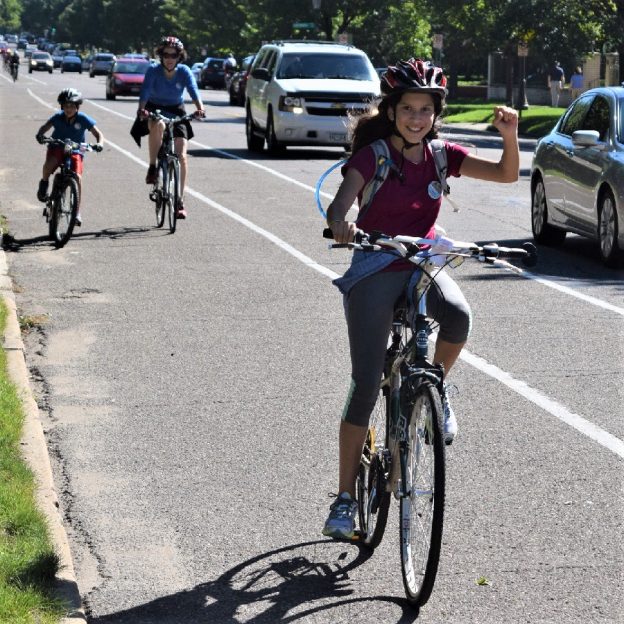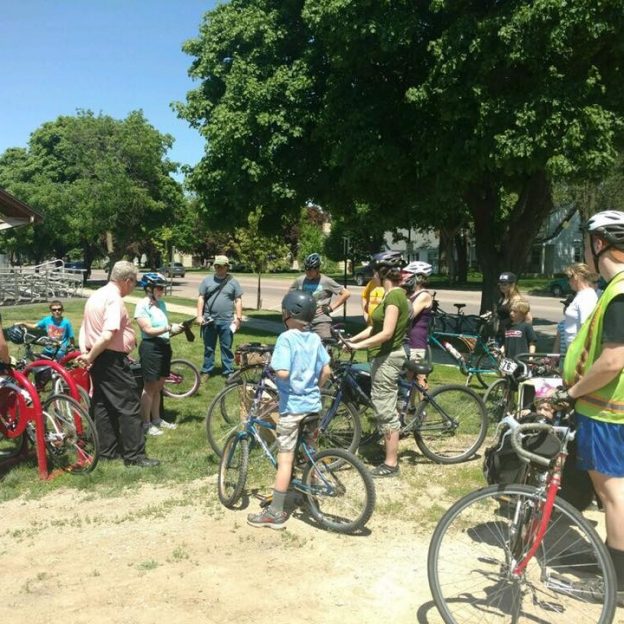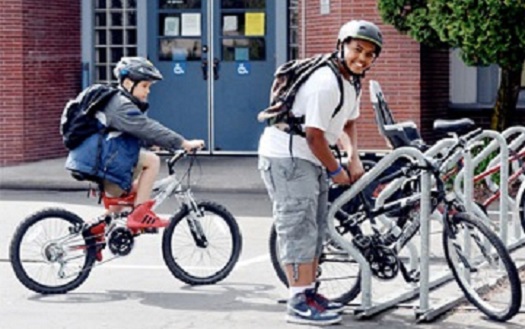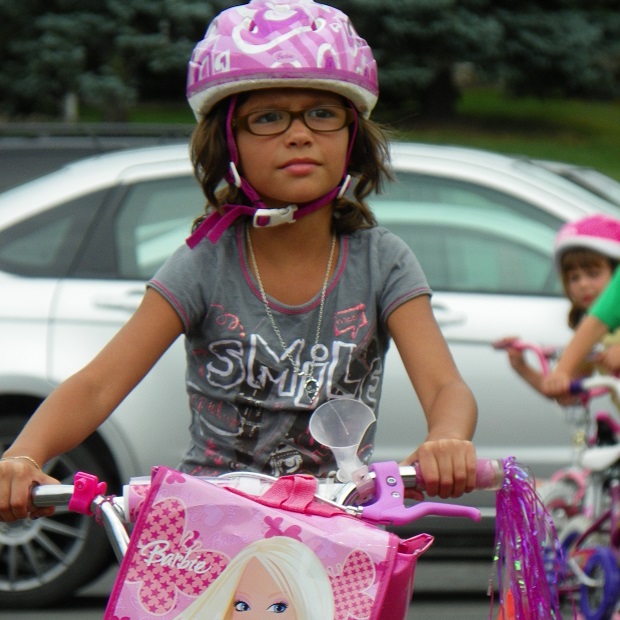Tag: Safe Routes to School
-

Tips and tricks to make riding to school fun, and safe
All around the country, bike paths are being built, and designated bike lanes are being established. So, riding to school can be an easy and safe option with all the colorful fall weather ahead. Many of these paths are routed from neighborhoods to nearby schools to get more kids energized by riding. To encourage your…
-

Congratulations New Ulm, One of the Latest Bronze Bike Friendly Communities in the U.S.
Last week it was announced that New Ulm is the 21st Minnesota community to earn the bike-friendly bronze status from the League of American Cyclists.
-

Safe Routes to School Works, How About Your Community?
It’s official: Safe Routes to School programs are proven to work and are effective at increasing rates of walking and bicycling to and from school. Has your community adopted a comprehensive plan? If not, please share this article with your city and county leaders. Future generations will thank you!

